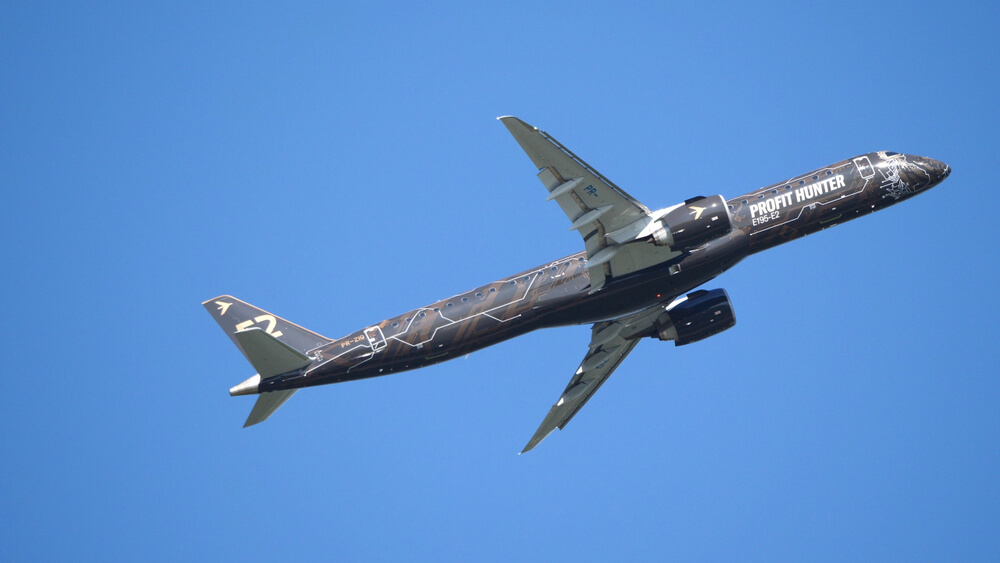With uncertainty continuing when the 737 MAX would be un-grounded and allowed to operate commercially, airlines are scrambling for alternatives. Whether it would be leasing, delaying the retirement of older aircraft or, in a worst-case scenario, canceling a route altogether, the MAX crisis has thrown a spanner in the works for many carriers.
And options were fairly limited. After all, the most direct competitor to the Boeing 737 MAX, the Airbus A320, is sold out until 2025. But Airbus has an alternative: the A220, which could be useful for those that are looking to replace their older 737-700 NG or the yet-to-be-delivered 737 MAX-7 aircraft, as the former-CSeries jet operates in a lower segment than the most popular 737 variant, the MAX-8.
But if the A220 can, can the Embraer E195-E2? After all, the two jets are fairly similar, including the fact that they use the same engine family, the Pratt & Whitney PW1000G.
A great A220-300 competitor
Nevertheless, the E195-E2 has several advantages in the sub-150 seat market, the same segment that the Airbus A220-300 competes in.
It shares a great deal of commonality with the first E family of aircraft: according to Embraer, it only takes two and a half days for pilots that are certified to fly the older family planes to transition to the E2 family. Furthermore, the commonality is engrained into the E2 family itself. The manufacturer states that operating costs are reduced as the “high degree commonality” reduces spare part requirements, allows airports to handle the aircraft using the same equipment and allows standardizing training and maintenance procedures.
Its acquisition cost, compared to its direct opponent the A220-300, is also lower. For any potential customers of the two, it becomes a juggling act between the lower acquisition cost, commonality (if the carrier operated the previous generation of E-jets or currently flies the E2 family) and operational flexibility versus the Quebec-made aircraft.
While the commonality of the A220-300 is almost non-existent, as it only shares parts with its smaller brother, the -100, its flexibility is untouched by the Brazilian jet. Even the same PW1000G engine family on the A220 and the E2 differ, as the latter has an engine variant that has more thrust.
Comparing the E195-E2 with the 737 MAX-7
If the A220-300 can be matched up versus Boeing’s plane at a stretch, the Profit Hunter, as the Brazilian manufacturer dubbed the E2 family, operates in an even lower segment than the Boeing 737 MAX-7.
The highest-capacity E2 family member cannot carry as much passengers or travel as far, reducing the operational flexibility for E195-E2 buyers and, in turn, for those that are looking for any alternatives for the MAX-7. Simply put, it is just too small to even be in the discussion to replace the grounded Boeing jet.

